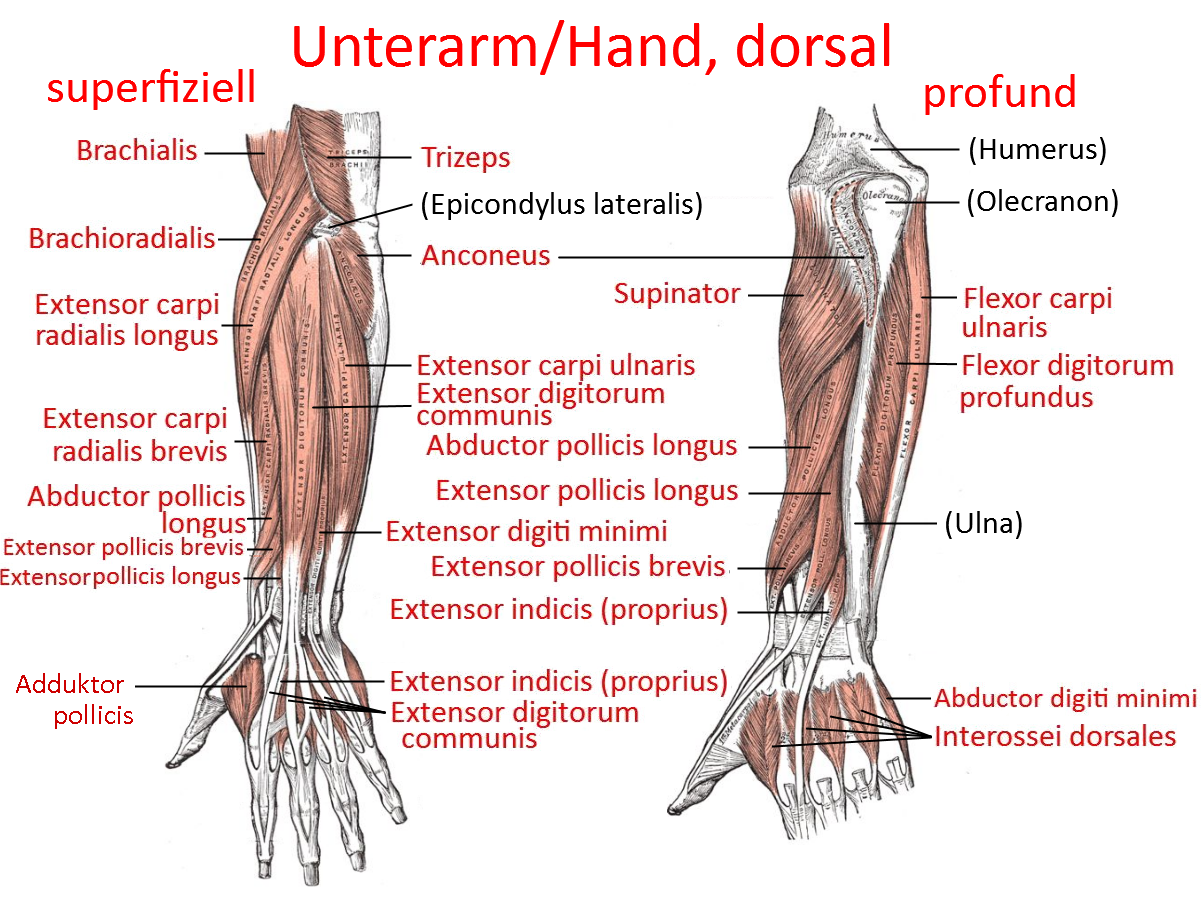yogabook / muscles / plantaris

Linkmap

M. plantaris
profound, weak knee joint flexor and plantar flexor. The muscle itself originates from the thigh and has a head only 5-10 cm long, followed by the longest tendon in the human body up to its insertion area. In the human species, the plantaris is probably in the process of regression, and is completely absent in 8-12% of people. Some authors include it alongside the soleus and gastrocnemius in the triceps surae.
Origin: Linea supracondylaris lateralis (lower lateral part of the femur)
Attachment: Posterior surface of the calcaneus above the Achilles tendon
Innervation: Nervus tibialis from Plexus sacralis from L5, S1
Antagonists:
Movement: Flexion of the knee joint, weak endorotation of the lower leg, weak plantar flexion, weak supination
Strengthening postures (): Strengthening of the plantaris cannot be shown in isolation, as the gastrocnemius, which is unequally stronger, also performs both main movements of the plantaris.
Stretching postures (): Like the gastrocnemius, the plantaris is stretched in all postures with the knee joint extended and the ankle joint dorsiflexed: downface dog, 1st warrior pose, parsvottanasana, parivrtta trikonasana, parivrtta parsvakonasana, uttanasana: with block, uttanasana: ball of foot on block
